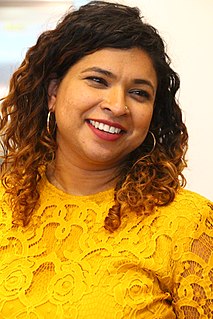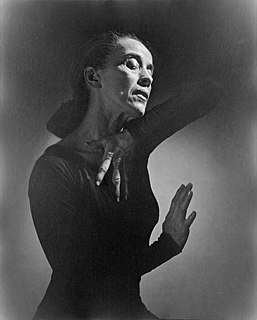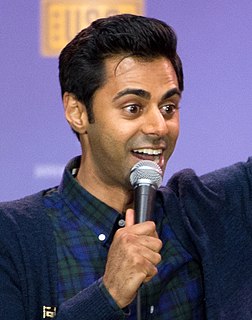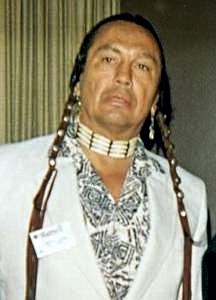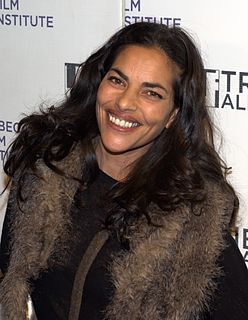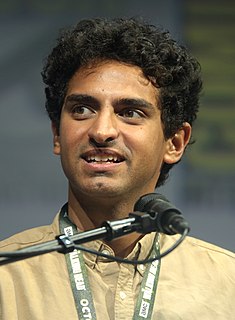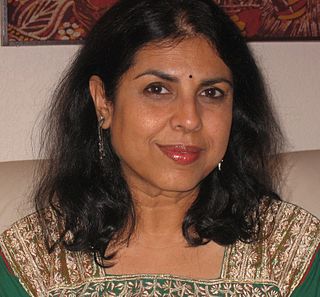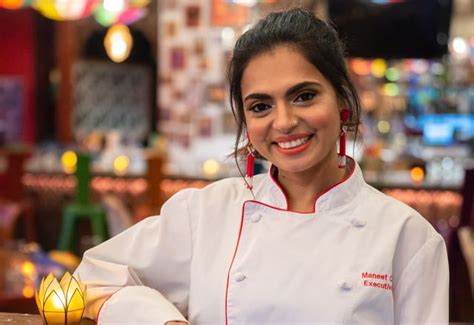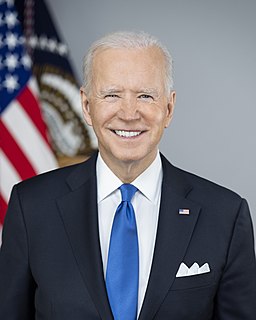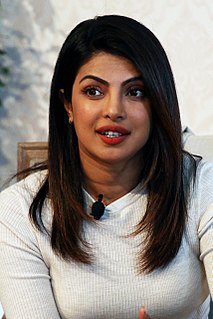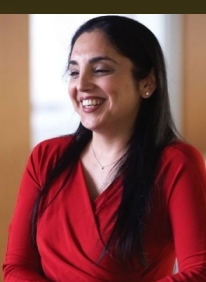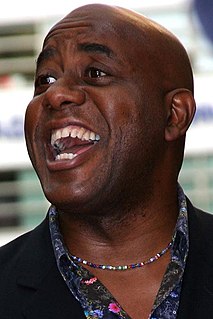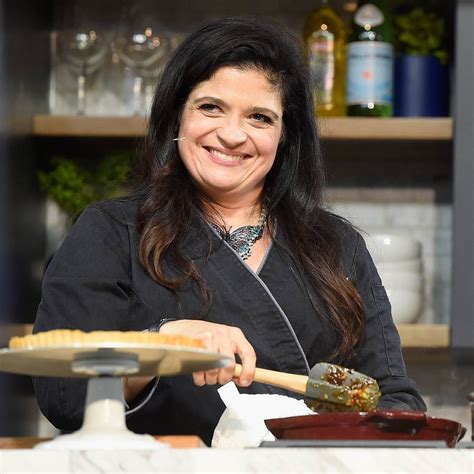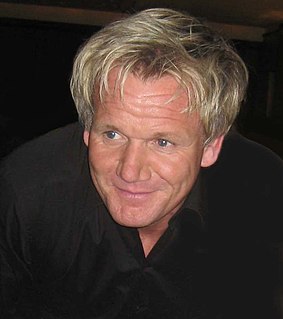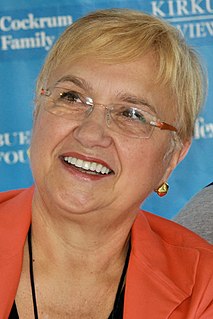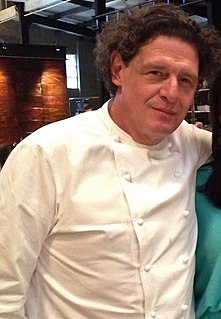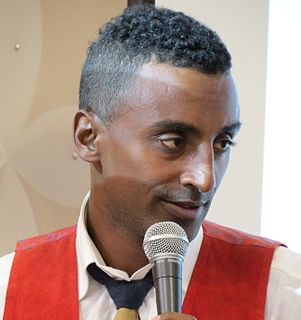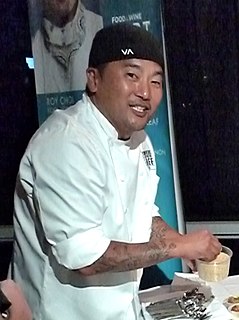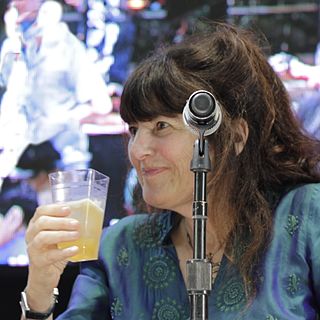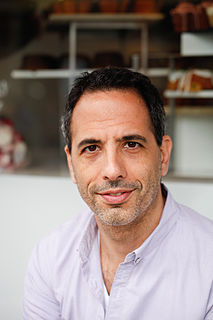A Quote by Aarti Sequeira
I'm more comfortable weaving Indian flavors into American classics.
Related Quotes
You see the one thing I've always maintained is that I'm an American Indian. I'm not a Native American. I'm not politically correct. Everyone who's born in the Western Hemisphere is a Native American. We are all Native Americans. And if you notice, I put American before my ethnicity. I'm not a hyphenated African-American or Irish-American or Jewish-American or Mexican-American.
Even though the American Indian Movement on a national-international scale has proven to be extremely dysfunctional, the American Indian Movement I was associated with I'm very proud of. We were a revolutionary, militant organization whose purpose was spirituality first, and that's how I want to be remembered.
Men sometimes speak as if the study of the classics would at length make way for more modern and practical studies; but the adventurous student will always study classics, in whatever language they may be written and however ancient they may be. For what are the classics but the noblest recorded thoughts of man?... We might as well omit to study Nature because she is old.
